Nairobi, September 2025: The Kenya Dairy Board (KDB) and the International Livestock Research Institute (ILRI) have signed a Memorandum of Understanding (MoU) designed to accelerate inclusive growth, innovation, and sustainability in Kenya’s dairy sector.
The MoU provides a farm-to-glass framework for collaboration across dairy production, processing, and consumer awareness. It brings together ILRI’s research expertise and KDB’s regulatory leadership, aiming to unlock opportunities for smallholder farmers, processors, and consumers.
🤝 Research Meets Regulation
- KDB: Mandated with policy framework, quality assurance, and market oversight.
- ILRI: Brings 50 years of dairy research experience in genetics, animal health, feed, and marketing systems.
“Such collaboration would not only support livelihoods and nutrition but also help Kenya meet its ambitious goal of doubling milk consumption by 2030, ensuring that growth is inclusive, sustainable, and driven by evidence-based solutions. The More Milk 2 project is a great example of collaboration between KDB and ILRI and aligns with our mandate and core functions to regulate, promote, and develop Kenya’s dairy industry. This MOU strengthens our ability to deliver on that promise with innovation, integrity, and impact,” said Dr. Kimutai Maritim, Acting Managing Director, Kenya Dairy Board.
🥛 Kenya’s Dairy Industry Snapshot
- Largest in East Africa, producing 5.33 billion litres annually.
- Contributes 4.5% to the national GDP and over 12% to the agricultural GDP.
- Per capita milk consumption: ~92 litres per year, the highest in Africa.
With demand expected to rise further, the National Dairy Master Plan projects that production must expand from about 8 billion litres today to over 18 billion litres annually by 2030.
⚖️ Formal and Informal Milk Markets
-
Informal sector: Handles over 50% of milk, supporting livelihoods for youth and women while offering affordable access to nutrient-rich milk.
-
Formal sector: Provides around 20% of consumer milk, structured around cooperatives, processors, and modern retailers.
Ensuring the availability of safe, nutritious milk across both systems is a key challenge and opportunity for the future.
🚀 Building on Collaboration
The MoU extends ongoing work between the two institutions, including efforts around milk food safety.
“Together, this partnership can bridge critical gaps, strengthening the dairy value chain, improving milk safety and quality standards, and scaling innovations that enhance productivity and resilience among smallholder farmers,” said Appolinaire Djikeng, Director General, ILRI.
The MoreMilk 2 project is one example that demonstrated how collaboration between regulators and vendors can help foster a safer, more sustainable dairy sector.
🌍 Strategic Importance
This partnership highlights Kenya’s commitment to food and nutrition security, while supporting livelihoods and strengthening resilience in the dairy value chain. By combining research-driven solutions with regulatory frameworks, the KDB-ILRI MoU is expected to create measurable impacts on farmer incomes, milk safety, and long-term sector growth.
✅ Key Takeaways
- KDB and ILRI sign MoU to foster inclusive growth and sustainability in dairy.
- Collaboration will support doubling milk consumption by 2030.
- Kenya produces 5.33 billion litres of milk annually, contributing 4.5% to GDP.
- Both informal and formal markets play key roles, with a focus on food safety.
- Builds on successful initiatives like MoreMilk 2.

